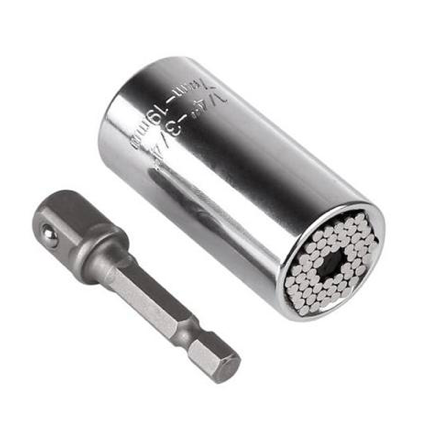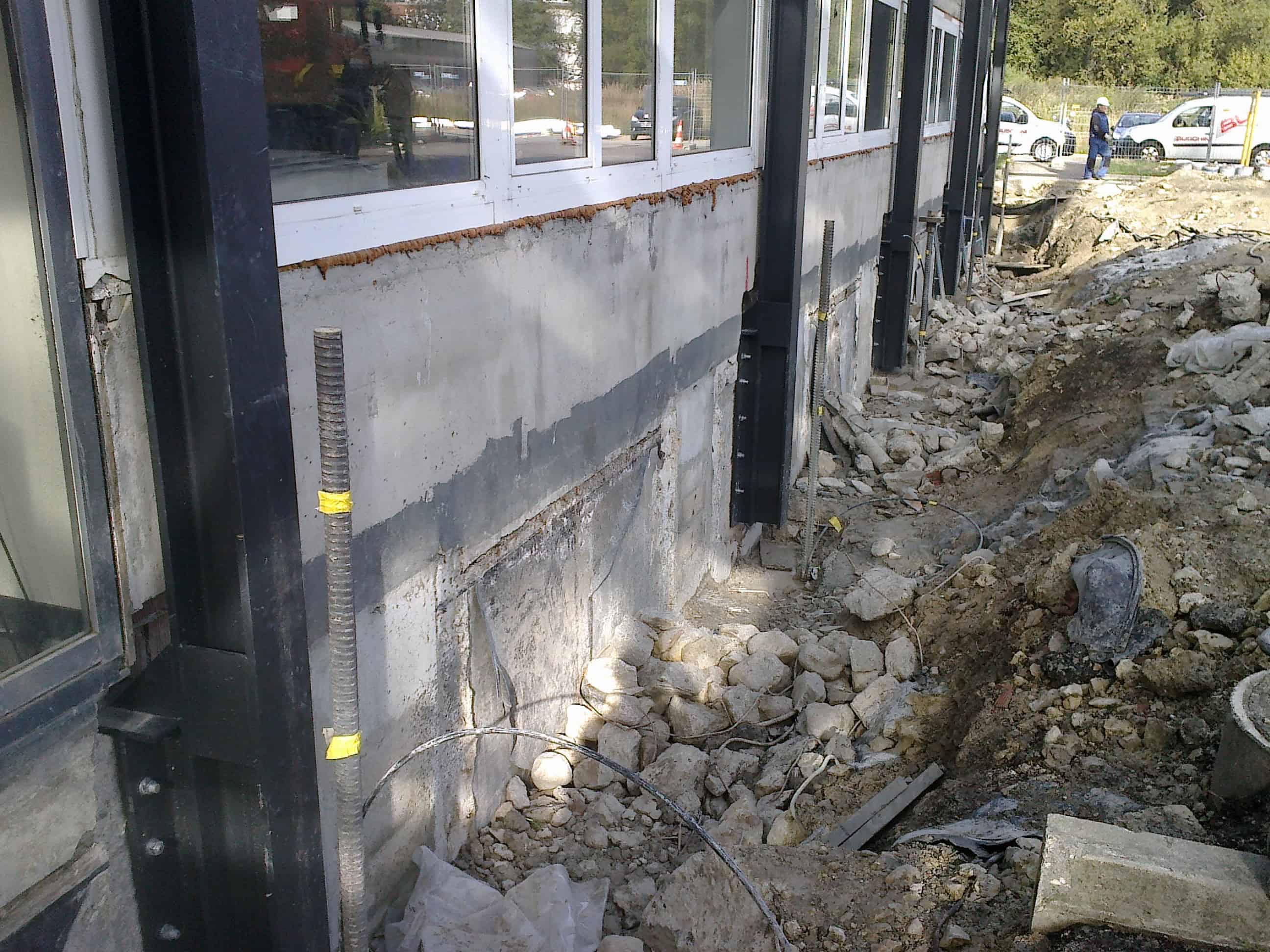

Spray deaerator is generally a single vessel with either vertical or horizontal arrangements. Let’s discuss both types of deaerator in detail: Spray Type Deaerator:
Capable for reduction of all non-condensable gases including carbon dioxide. Most efficient method of dissolved oxygen reduction. Finally, Venting of oxygen-rich steam to atmosphere & replacement with fresh, O 2-free steam. Mechanical scrubbing of dissolved oxygen and other non-condensible gases from droplets by oxygen-free steam. Steam heats the fine water droplets near to saturation temperature(Charles’ law). Formation of fine water droplets by spray nozzles(Henry’s law). This type of deaerators are most efficient & used in all the power plants. It depends on % make-up, steam-sparge, temperature & vent rate Dissolved oxygen level normally found around 0.5 – 3.0 ppm. Feed water tank should be steam sparged. Non-pressurized vessel or tank where cold, oxygenated make-up water and hot condensate are mixed. Typical oxygen level found are 200 -300 ppb(0.2-0.3 ppm). Not as efficient as steam deaerators in terms of dissolved oxygen. Enlarge contact surface by water spraying and film formation. Saturation temperature is achieved by reducing pressure. Reduce partial pressure which reduces oxygen solubility. 
There are major three types of deaerator used in the industries are: 1. The vendors of deaerators usually gives guarantee of less than 7 ppb of dissolved oxygen in boiler feed water. Venting is critical and necessary for the effective removal of dissolved gases like oxygen and other non-condensable gases such as carbon dioxide.
Second Step: Remainder 2-3% of dissolved gases removed by scrubbing the water with the steam & addition of oxygen scavenger chemicals. 97-98% of dissolved gases released with the steam & escaped from the vents of deaerators. First Step: Water is heated by steam within a few degree of its saturation temperature according to deaerator’s operating pressure. It heats the boiler feed water up to the saturation temperature so that solubility of unwanted dissolved gases are decreases.ĭeaeration process in deaerator accomplished in two simple steps:. Most of the steam condenses and becomes the part of deaerated water. Only a small quantity of steam is venting from deaerator. Why steam is used as a purge gas in deaerator? The rate of diffusion of gas molecules also increases as the temperature increases. Temperature is also a very important factor. You can accomplish this situation in deaerator by introducing a new gas, so that unwanted gas vented out. Thus, we can remove dissolved gas from water by reducing the partial pressure of that gas in the atmosphere where it is contacting the liquid. Charles’ Law (oxygen solubility vs temperature): The solubility of oxygen decreases as the temperature of water increases. Henry’s Law (scrubbing with oxygen free steam): The amount of dissolved gases present in water is directly proportional to the partial pressure of that gas in the vapor space above the water/gas interface. Deaerator Working Principle:īasically, Deaerator works based on two gas law. On the other hand chemical Deaeration is acts as a polishing process which can remove trace amount of dissolved gases by adding proper oxygen scavenger chemicals in deaerator. Mechanical Deaeration considered as a first stage process where most of the dissolved gases are escaped from water. The process of removing dissolved gases from water also known as mechanical Deaeration.ĭeaeration process of boiler feed water divided in two parts: 

Oxygen causes pitting type corrosion in feed water systems. Deaerator is a mechanical equipment that removes dissolved gases mainly dissolved oxygen & other non-condensable gases from boiler feed water.








 0 kommentar(er)
0 kommentar(er)
